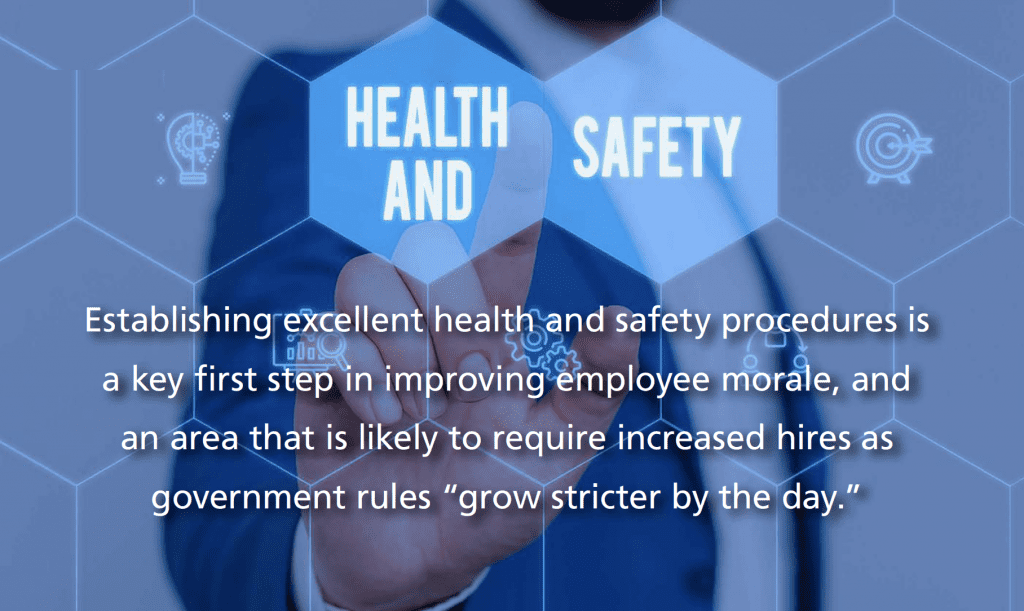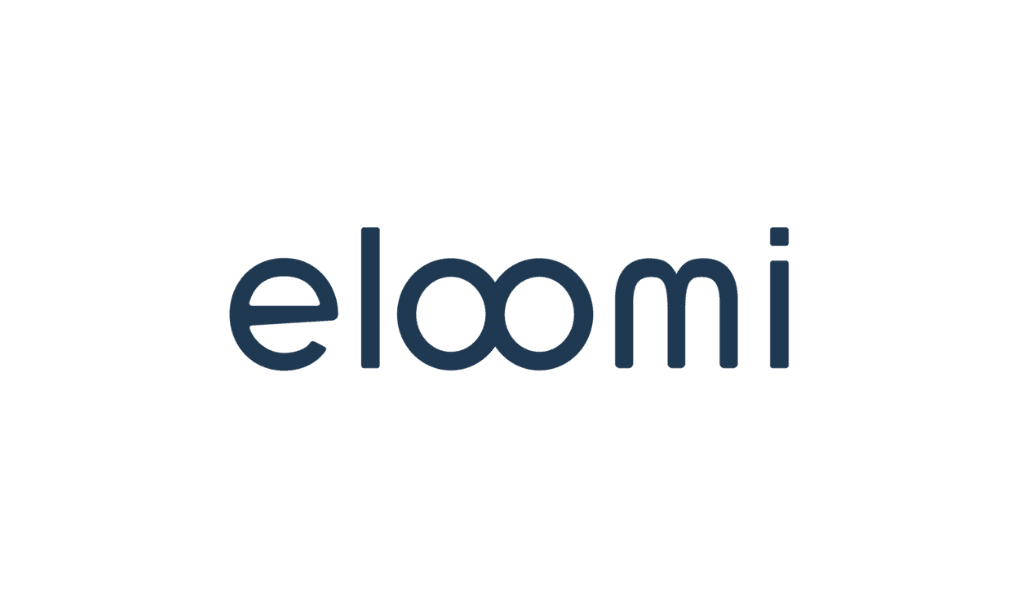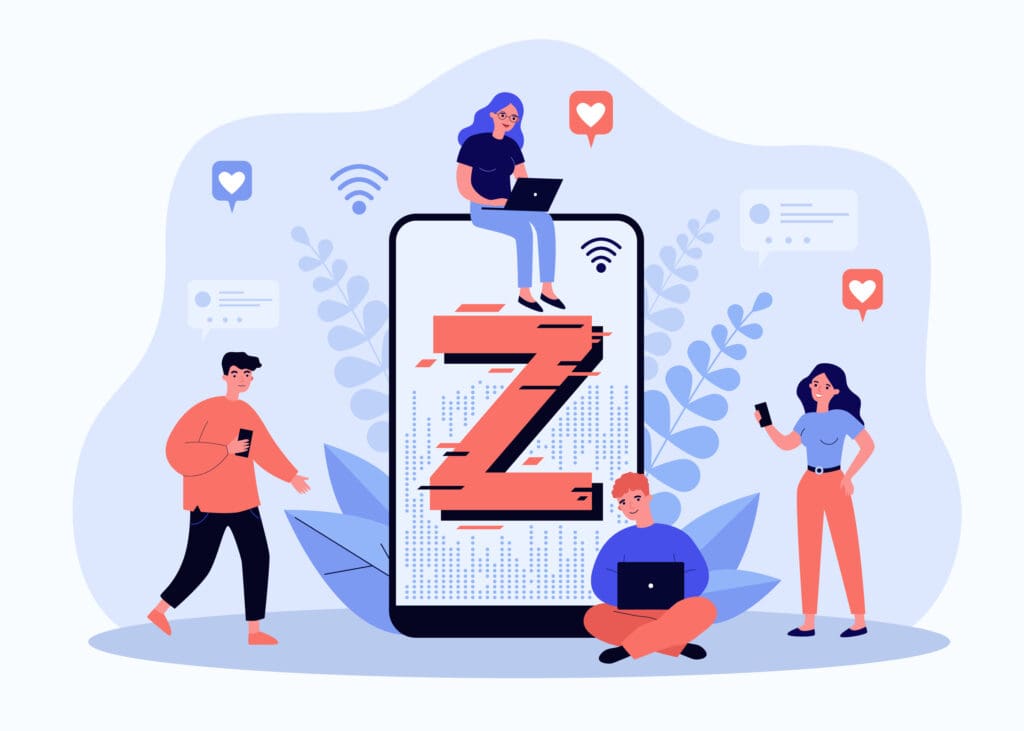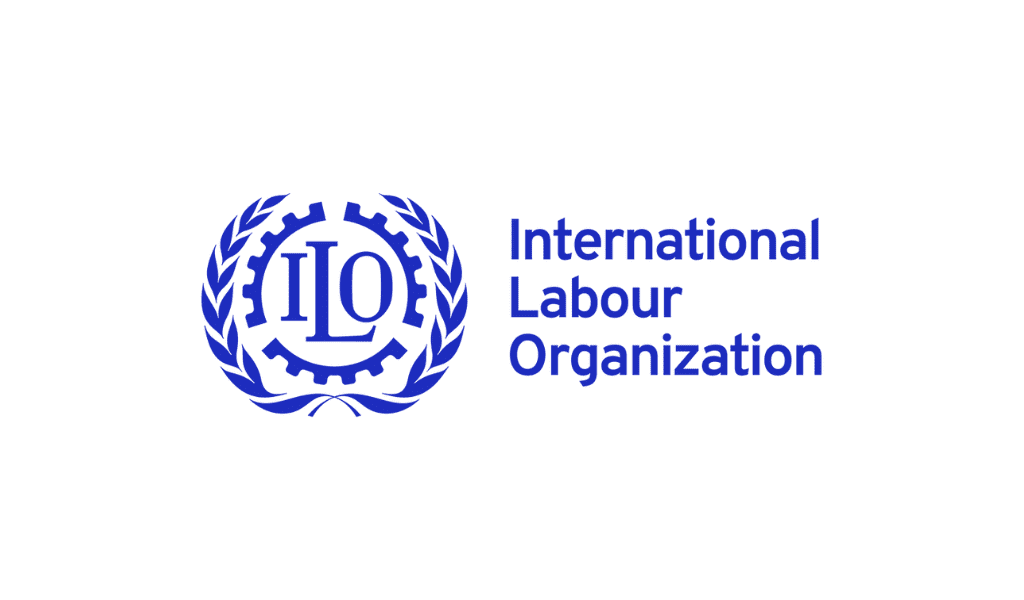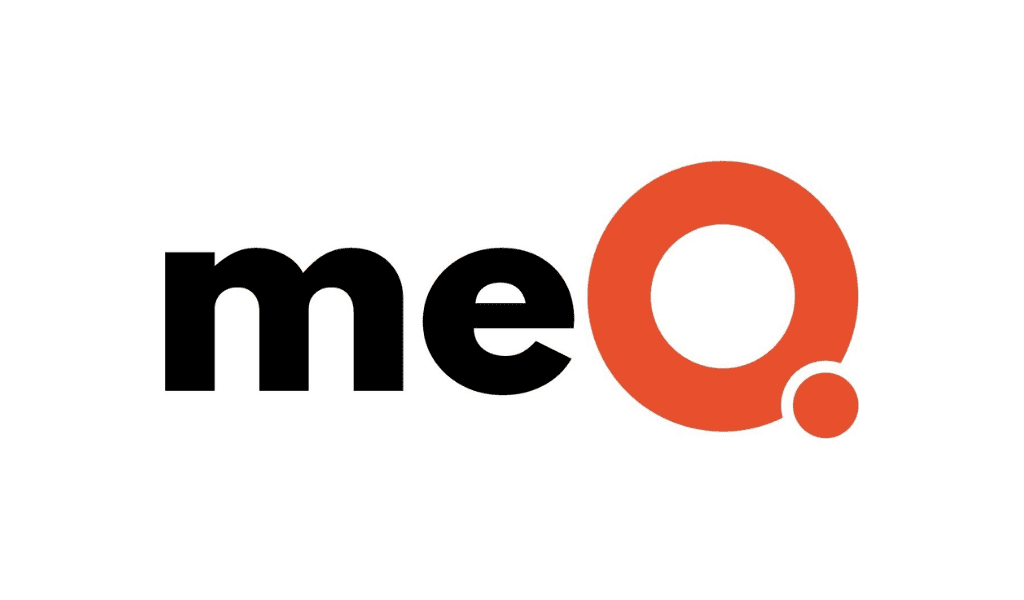Three organisations share their approaches to managing a virtual workforce.
By Michael Switow
“The way we hire, onboard, reward, learn and engage has to be reinvented,” says HP Regional Head of HR for Asia-Pacific and Japan, Sowjanya Reddy, a 30-year HR industry veteran with experience working in the U.S., India, and ASEAN.
Across the region, companies are searching for a new balance. To what extent should employees return to the office? How do organisations maintain productivity when most people are working remotely? And how does HR address employee concerns, regardless of where they’re working?
“No matter if your tech and offsite setup is top-notch, managing a remote team is no easy feat,” says Krystine Lumanta, content editor for Australia and New Zealand at PageGroup.
New possibilities are opening up, including “increasing participation for working professionals who find it difficult to balance personal responsibilities, and for introverts and those fighting depression who might find networking overwhelming,” says ThoughtWorks China Managing Director Hu Kai.
“We’ve always had the technology, but it’s never been fully utilised to the extent that we’re really now leveraging all the video conferencing and all the collaborative tools,” adds Jacqueline Gwee, director of the Singapore-based aAdvantage Consulting Group.
HRO Today APAC turns to three companies that are finding success in this new era for their take on how best to manage remote work.
ThoughtWorks China
The Chinese arm of this global software consultancy was on the frontlines of the COVID-19 pandemic when it struck in January. ThoughtWorks offices in Wuhan closed on 22 January, one day before the official lockdown. The company employs 1,800 people across China with the vast majority in professional services, such as software developers, business analysts, quality analysts, and project managers.
Initially, the company’s goal was to “keep employees healthy at any cost.” Subsequently, it deployed infrastructure to support core operations, established collaboration tools and processes for virtual communication, and defined metrics to measure performance and “maintain the trust and confidence of all internal and external stakeholders.”
One month after the outbreak and implementing a fully work-from-home model, ThoughtWorks assessed the impact on the company’s performance. What did it find?
“The aggregate data suggests that productivity of most teams remained the same, with some teams achieving higher levels of productivity,” Kai says.
Here are six principles that have guided ThoughtWorks’ performance.
1. Tools. Set up scalable, remote infrastructure to ensure that all team members have the resources needed to do their jobs.
2. Transparency. Maintain an open conversation with clients and share frequent status updates. ThoughtWorks provides a daily highlight report and a deeper weekly performance report.
3. Expectations. Communicate account and project-level delivery guidelines, as well as principles for remote work, so all team members know what to expect.
4. Measure. Define remote performance metrics to measure the impact of remote work on delivery.
5. Employee experience. Implement new ways to stay connected. Virtual social events, remote karaoke, and team exercise routines all can help reduce stress and boost morale.
6. Health and safety. Masks, hand sanitisers, and disinfectants are a given to help keep employees healthy. But also make sure to provide access to mental care professionals who can address the psychological and emotional impacts of the current environment.
Nityo Infotech
“Business is great for us. I think this is the time to get the best people and set up something very, very new which can face these kind of challenges and address the markets,” says Nityo Founder and CEO Naveen Kumar.
Despite lockdowns and the slowing economy, Nityo has been increasing head count and even completed the acquisition of a tech consulting firm in Malaysia. The challenge facing Kumar has been how to automate performance management systems across 29 countries, including 18 markets in Asia, and a broad range of industry verticals. For this, he turned to a company that he acquired in early 2019 called Swivelt.
“Eight per cent of companies worldwide, before the virus, were happy with their performance management system,” says Swivelt founder and CEO Eric Suzor. “The reason why 92 per cent were dissatisfied is that it’s a very manual process that required them to bring together a spaghetti junction of tools and systems.”
Suzor set about to address this problem by creating a single interface to manage multiple systems, from tracking sales and employee rewards to pushing news out across the organisation. The result, a platform called iStrives, leverages gamification to encourage employee usage and artificial intelligence (AI) to cascade good management habits across teams.
“The primary objective for us was really automating performance management to make it consistent,” says Suzor. The fact that the platform can be used by workers anywhere in the world, regardless of whether they are at home or in the office, was an unexpected side benefit.
When Nityo initially rolled out an iStrives pilot project about seven months ago, it faced a lot of internal resistance. But it only took a fortnight before team leads realised they could benefit from the system’s realtime data. In the first month, Kumar saw productivity rise 2.5 per cent. Not bad, but not terribly impressive either. As changes were made and iStrives rolled out throughout the company, bringing in tech, finance and sales teams, productivity jumped 22 per cent.
Just as important as the increase in productivity for Kumar is the fact that he can view information and statistics from across the company without delay, whereas previously there were lags of 8 to 24 hours. “I can predict my revenue in real time. I can tell you what’s going to be happening in my company next month or in the next quarter, how my sales pipeline is integrated, how my strategy is working, where we are missing. I can talk about my finances. My entire pipeline is integrated. It’s a totally different world.”
The next project? Nityo’s data scientists are working on an emotional AI plug-in to measure the mood of an organisation.
HP
“At HP, telecommuting and remote work environments are not entirely new,” says Sowjanya Reddy, regional head of HR for Asia-Pacific and Japan. “The virtual environment has been an integral part of our culture.
However, with the start of COVID-19, ensuring business continuity is prioritised, and remote working is the new way of life to enable continued operations. This practice is almost certainly here to stay post-COVID-19.”
HP advises focusing on three areas of investment to ensure success in the world of long-term, large-scale remote working.
1. Mobile-ready workforce. Companies need to optimise the remote working experience by providing the necessary resources and hardware, from peripherals to collaborative software. Displays and accessories, high-broadband connectivity, printers, and utility bill assistance may all be part of the new benefits package.
2. Cybersecurity. Remote work opens new vulnerabilities that cyber criminals can exploit. For protection, ensure that every employee works with secure devices, utilise VPNs, and have the latest security firmware installed.
3. Conducive home offices. Employees need good headsets with a six- to seven-hour battery life to make it through the day’s meetings, and, if possible, two screens so they have the scope to focus on what’s needed. Equally important, they need good chairs to keep their backs in shape.

